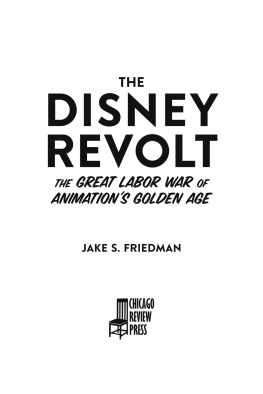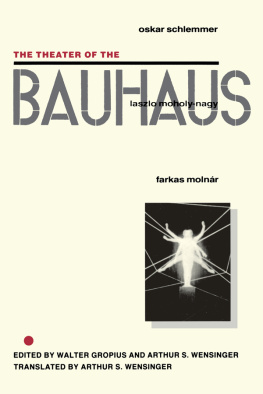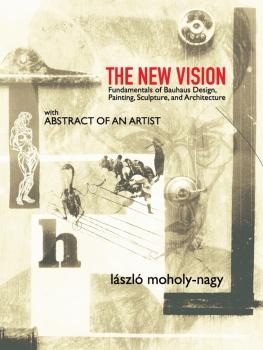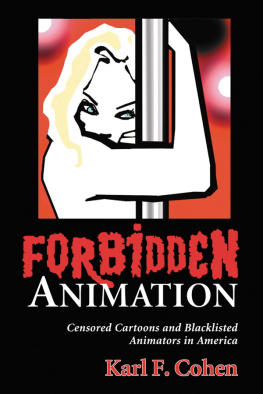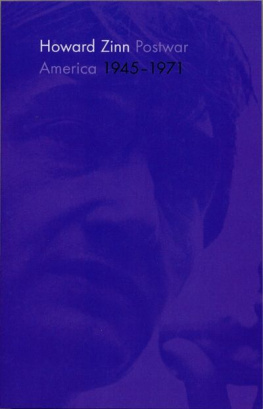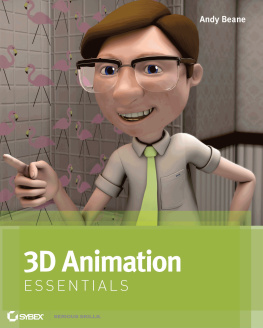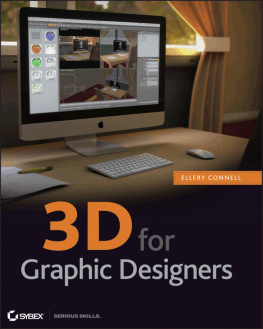ACKNOWLEDGMENTS
This book, far from being a solitary intellectual endeavor, is the product of the support, guidance, friendship, and kindness of more people than I can thank properly here; as everywhere else, I will simply try to do by best.
My first gratitude goes to Northwestern Universitys Screen Cultures department, which provided me with the most profound, disorienting, stimulating, and ultimately rewarding experience of my life thus far. I am especially grateful to my dissertation committee, who oversaw this project in its first iteration. Their enthusiasm and guidance were invaluable as I built this manuscript. Scott Curtis, the consummate adviser, was a paragon of patience and wisdom; I am lucky to have been his student, and I am lucky to be his friend. Lynn Spigel taught me to balance the rigor of intellectual inquiry with the spirit of humor and fun that brings scholarly work to life. Jacob Smith pushed this project in thrilling directions while simultaneously keeping it on the right track. In addition, I owe much of my scholarly orientation to Jeffrey Sconce, Jacqueline Stewart, Christine Bell, Chuck Kleinhans, Hamid Naficy, and Mimi White, whose influence in my formative years as a scholar I carry with me today.
I am deeply grateful as well to the Graduate School at Northwestern University, whose Graduate Research Grant funded the archival visits so central to this project, and to DePaul University and its College of Communication for their generosity and flexibility, which greatly enabled the writing of the finished product. I am especially thankful to Michael DeAngelis, Salma Ghanem, and Bruno Teboul, whose supportboth institutional and deeply humanat various points in my employment have kept a roof over my head and freed me to devote the necessary time and energy to this book.
At the University of California Press, Raina Polivka has been a gracious and patient editor, helping to shape this book into its finished form and answering my hundreds of questions along the way; it is a much better book because of her influence. Zuha Khan and Elena Bellaart have been immensely supportive and helpful as well, and I would have been utterly helpless throughout the publishing process without them. Finally, Anne Canrights meticulous attention to my manuscript saved me from many a syntactical misstep and grammatical hiccup, and always pushed me toward clarity.
The present work was also made possible by the help and kindness of the archivists and librarians at the Smithsonian Institutions Archives of American Art, The ASIFA-Hollywood Animation Archive, the Margaret Herrick Library, the Academy Film Archives, the UCLA Film & Television Archive, and the Museum of Modern Art, without whom I would have had to base this entire book on my simple enthusiasm for cartoons. I owe special thanks to Stephen Worth, who is doing the holy work of running Animation Resources and, at the time of my deepest research, curated the ASIFA-Hollywood archive and its miraculous hard drive of out-of-print UPA cartoons; to May Haduong, who put me in front of a rare print of Christopher Crumpet, unwittingly shaping the course of my research; to Mark Quigley, who was generous enough to share with me his personal VHS copies of The Boing Boing Show; to Barbara Hall, who shepherded me through the Herrick Librarys massive collection; to Whitney May, who did the same for me at MoMA; and to Marisa Burgoin, who guided me through the Gyrgy Kepes Papers at the Archives of American Art.
I am also profoundly thankful for the love and support of my graduate and postgraduate compatriots, whose intellectual energy has been a reliable source of inspiration, challenge, ideas, and love. This book would not have happened without Jocelyn Szczepaniak-Gillece, whose professional and personal example I have followed since the day we met and who at every turn has pushed this project to be the strongest and most complex exploration it could be. I do not know who I would be without her influence. Beth and Veronica Corzo-Duchardt have had a profound impact as well; their approaches to both my work and their own have greatly influenced my thinking, and I am lucky to be able to consider them family. Catherine Clepper, Jason Roberts, and Elizabeth Lenaghan round out my rogues gallery; in addition to their friendship, they have contributed their time, thought, and sharp eyes to the development of this book, helping to shape its final form. These people, together with Richard Leson, Alex Thimons, Dave Sagehorn, Emily Goodmann, Cary Elza, Alex Bevan, Linde Murugan, Alla Gadassik, Ryan Pierson, Hannah Frank, and Shira Segal, have been a crucial source of stability, insight, and support as this project has made its way from the rats nest of my brain to the finished book you see before you. Outside of the academic world, I owe my gratitude to many friends for sticking by me through the period of this books composition, during which I was surely insufferable. Nic McCarley, Gregg Medley, Michael Elias, Matthew Amador, Hallie Lieberman, Jamie Gentry, Michael St. John, Don and Nicole Semple, and Anthony Balderrama provided much-needed and warmly appreciated balance, love, and encouragement.
But of all of the people I couldnt have done this without, the most important are my family. Their limitless support and generosity, their belief in me that far surpasses my own, and their love and friendship mean more to me than any accomplishment of mine, past, present, or future. The respect, honesty, affection, and near-daily conversations I share with them are everything to me, and they are never out of my thoughts, not for a second. Mom, Dad, and Grammy, this book, like everything else I do, is for you.


